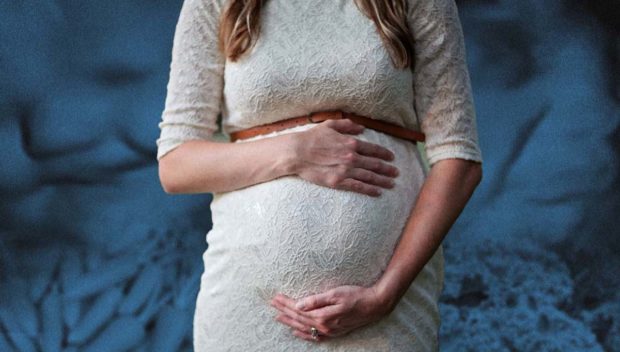As the world’s population reached 8 billion, the Philippines saw its fertility rate plummet to less than two offspring per woman, which according to population officials signaled a “demographic transition.”
The Commission on Population and Development (Popcom) said the Philippine Statistics Authority (PSA) national health demographic survey calculated the total fertility rate among women 15 to 49 years old now stands at 1.9 children.
This was a sharp decline from the total fertility rate of 2.7 children in 2017.
From six children per woman during the 1970s, the country’s fertility rate has been going down although the decline from 2017 to 2022 was the sharpest ever recorded, Popcom said.
The latest figure puts the country within the “replacement fertility level” of 2.1 children, at which women give birth to babies just enough to sustain the population level.
“There are more pros than cons at this time” in having reached replacement fertility rate, said Lolito Tacardon, officer in charge and executive director of Popcom.
“Economic gains from the demographic transition can be funneled to reduce poverty and improve labor force participation. The country will continue to see a robust labor force at over 63 percent of the population until 2030 or 2035, which is a dozen years away,” he added.
The PSA survey also revealed that one out of every two currently married women no longer desire more children, while 17 percent want to delay their next childbirth by two or more years.
Tacardon said the Philippines’ latest total fertility rate was now comparable to those of upper middle-income countries with 1.8 children.
In Southeast Asia, the Philippines now has the third lowest fertility rate after Singapore’s 1.1 and Thailand’s 1.5 children.
The average fertility rate among Asian countries is 2.2 children, and 2 children in the Latin America and the Caribbean region. INQ
